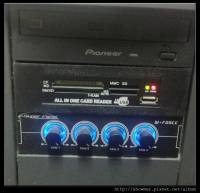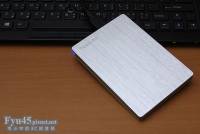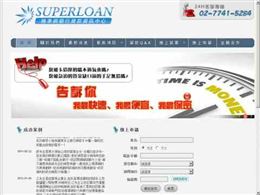search:usb if inrush current specification相關網頁資料
usb if inrush current specification的相關文章
usb if inrush current specification的相關公司資訊
usb if inrush current specification的相關商品
瀏覽:1144
日期:2025-11-20
Dubbed SuperSpeed USB, USB 3.0 promises a major leap forward in transfer speeds and capability, while maintaining backwards compatibility with USB 2.0 devices. It may sound straightforward, but a lot has had to change; in this FAQ we will address the most...
瀏覽:1317
日期:2025-11-20
我們可以看到USB2.0 與3.0 在整個訊號架構上有幾個重大的改變:. ○ 訊號傳輸率由
480Mbps 提升到5Gbps。 ○ 訊號傳輸 ......
瀏覽:362
日期:2025-11-19
An Engineering Change Notice to the USB 2.0 Specification named "Suspend Current Limit Changes" has been issued in April 2008. This ECN changes the maximum ICCSL value to 2.5mA. The purpose of this ECN is to allow any USB peripheral to consume up to ......
瀏覽:963
日期:2025-11-19
About the FAQ This site is a service of the USB Implementers Forum staff. The primary charter for that staff is to support the USB Implementers Forum member companies with Developers Conferences, Spec Technical Support and Compatibility Workshops. We ......
瀏覽:437
日期:2025-11-17
USB Inrush event, 50F ... Inrush Current USB 2.0 Specification, Section 7.2.4.1 The purpose of the test is to ensure that the current consumed due to bulk capacitance and peripheral startup does not cause a voltage drop below valid levels that causes othe...
瀏覽:1380
日期:2025-11-16
Although not sanctioned by the USB 2.0 Specification, charging batteries from VBUS of USB is not prohibited. Thus, devices that charge their batteries from USB may be certified provided they pass average current and transient current tests as defined belo...
瀏覽:339
日期:2025-11-21
To perform the inrush current test, the instantaneous current drawn by the device is measured while it is being connected. The data is then integrated to yield the total charge transferred to the device. At a nominal VBUS voltage of 5.0V, the 10uF max loa...
瀏覽:590
日期:2025-11-19
Atmel AVR1017: XMEGA - USB Hardware Design Recommendations Features • USB 2.0 compliance - Signal integrity - Power consumption - Back driver voltage - Inrush current • EMC/EMI considerations • Layout considerations • Typical power scheme 1 ......



![[蘋果急診室] 新系統難用想降回舊版嗎?製作 USB Mac OSX 開機碟讓你任意降回任何版本!(10.9 以後版本適用)](https://www.iarticlesnet.com/pub/img/article/68511/1422624038648_s.jpg)
![[蘋果急診室] 解決系統問題的最終大絕:格式化並重灌你的 Mac](https://www.iarticlesnet.com/pub/img/article/69792/1438172452729_s.jpg)






























